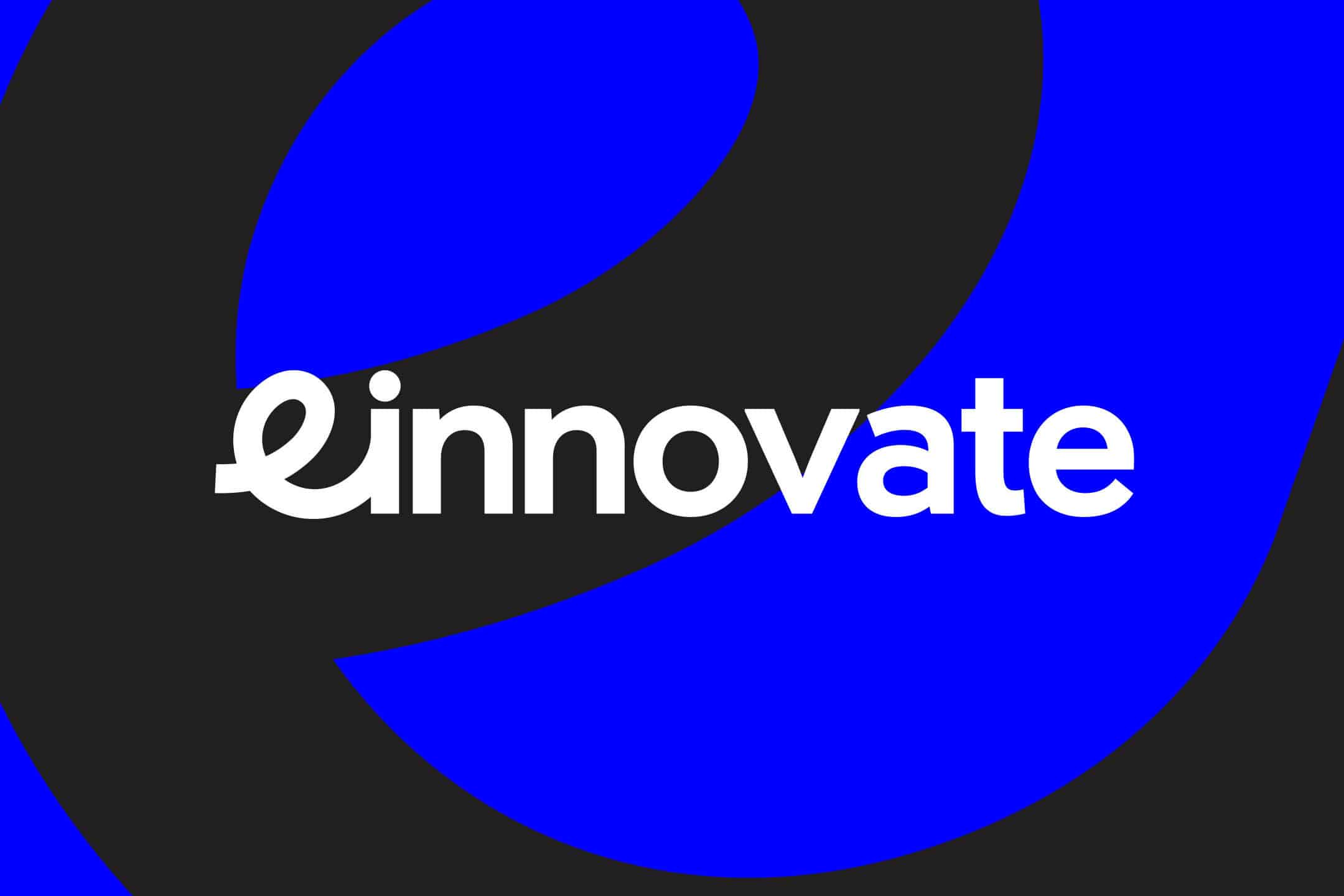A clean and efficient desktop design interface is crucial for enhancing user experience and boosting productivity. In today’s fast-paced digital world, users interact with multiple applications and tools simultaneously, making a streamlined interface essential for minimising distractions and optimising workflow.
A cluttered desktop design not only overwhelms users but also hampers their ability to locate essential functions quickly, leading to frustration and decreased efficiency. Interface clutter, characterised by an overload of icons, windows, and information, can significantly impact how users perceive and interact with a system. By reducing visual noise and organising elements logically, designers can create interfaces that are intuitive and user-friendly, enabling users to focus on their tasks with greater ease and effectiveness.
Streamlining desktop design interfaces transforms the user experience, turning chaos into clarity and fostering an environment where productivity can thrive.
The Impact of Clutter in Desktop Interfaces
Cluttered desktop design interfaces stem from a variety of causes, including an overabundance of icons, poorly organised files, and excessive open windows or applications. These issues can significantly detract from the user experience, creating an environment that is visually overwhelming and difficult to navigate. When users are bombarded with too much information at once, their cognitive load increases, leading to confusion and frustration. This, in turn, slows down task completion times and reduces overall productivity.
Furthermore, clutter can obscure important tools and functions, making it harder for users to locate and utilise them efficiently. Inconsistent or overly complex design elements contribute to the chaos, further exacerbating user difficulties. By understanding the common causes and consequences of cluttered desktop environments, designers and developers can implement strategies to create cleaner, more intuitive interfaces that enhance usability and support a more productive user experience.

Principles of Effective Desktop Design
Effective desktop design is guided by core principles that ensure usability and enhance the user experience. These principles focus on creating interfaces that are intuitive, functional, and aesthetically pleasing, leading to more efficient and satisfying user interactions.
Simplicity: Keeping it Minimal
Simplicity in interface design involves minimising clutter and focusing on essential elements. By eliminating unnecessary features and emphasising clarity, users can navigate and complete tasks more efficiently. A minimalistic approach reduces cognitive load, making the interface more intuitive and user-friendly.
Consistency: Harmonising Elements
Consistency in design means using uniform elements and styles throughout the interface. This includes consistent typography, colour schemes, and iconography. A harmonious design fosters familiarity and predictability, helping users understand and interact with the interface more effortlessly.
Visibility: Easy Navigation and Access
Visibility ensures that essential tools and functions are easily accessible and visible to users. Important elements should be prominently displayed and not hidden behind layers of navigation. Clear labelling and intuitive placement help users find what they need quickly and efficiently.
Flexibility: Adapting to User Needs
Flexibility in interface design allows the interface to adapt to different user preferences and contexts. This can include customisable layouts, adjustable settings, and responsive design. By accommodating diverse user needs, the interface becomes more versatile and user-centric.

Techniques for Decluttering Desktop Interfaces
Effective decluttering techniques are essential for creating a streamlined and efficient desktop interface. By implementing these strategies, users can enjoy a more organised, intuitive, and productive browsing experience.
Organising Workspace: Tools and Tips
Use layout tools to maintain a clean and structured interface. Group related elements, such as navigation menus and content blocks, in a logical manner. Regularly review and update the design to remove outdated or unnecessary components, ensuring a fresh and relevant user experience.
Visual Hierarchy: Guiding the User’s Eye
Establish a clear visual hierarchy by prioritising elements based on their importance. Utilise size, colour, and placement to draw attention to key features and content. A well-defined hierarchy helps users navigate the interface intuitively and reduces the time spent searching for information.
Reducing On-screen Options: The Importance of Feature-Streamlining
Streamline features by eliminating redundant or seldom-used options. Focus on essential tools and functionalities to avoid overwhelming users. A minimalist approach simplifies decision-making processes, enhances usability, and makes the interface more approachable.
User Testing and Feedback
Iterative testing is crucial in interface design as it ensures the product meets user needs and expectations. Regular user testing helps identify usability issues early, allowing designers to make necessary adjustments before finalising the interface. This process involves multiple rounds of testing and refining, enhancing the overall user experience.
To gather effective feedback, engage a diverse group of users representative of the target audience. Use methods like surveys, usability testing sessions, and user interviews to collect insights on their interactions with the interface. Analyse this feedback to pinpoint common pain points and areas for improvement. Implementing user feedback ensures the design is intuitive and user-friendly, ultimately leading to a more successful and satisfying product.
Best Practices for Maintaining Clarity
Maintaining clarity in desktop website interfaces requires regular updates and audits. Conduct periodic reviews to ensure the interface remains relevant and user-friendly. Update content and design elements to reflect current trends and user needs, removing outdated or unnecessary components. Implementing user feedback from regular usability testing sessions can highlight areas for improvement and guide design adjustments. Audits should focus on checking for consistency in layout, colour schemes, and navigation, ensuring a seamless and intuitive user experience. By staying proactive with updates and audits, you can maintain a clean, efficient, and engaging interface that continues to meet user expectations and enhances overall usability.

SEO Benefits of Good Desktop Design
A well-designed interface indirectly enhances SEO by improving user engagement and reducing bounce rates. When users find a website visually appealing and easy to navigate, they are more likely to stay longer, explore more pages, and engage with the content. This increased user interaction signals to search engines that the site provides valuable and relevant information, boosting its ranking.
Additionally, a clean, intuitive interface reduces bounce rates, as users are less likely to leave the site due to frustration or confusion. Search engines interpret lower bounce rates as a sign of quality, further improving the site’s SEO performance. Ultimately, prioritising good interface design can significantly contribute to better search engine visibility and higher organic traffic.
Desktop Design in 2024
In 2024, desktop design remains a critical aspect of creating an effective digital presence. Despite the rise of mobile browsing, a significant portion of users still rely on desktop interfaces for in-depth tasks and detailed interactions. Ensuring a clean, efficient desktop interface is essential for enhancing user experience and boosting productivity. This involves decluttering the interface by organising workspace elements, establishing a clear visual hierarchy, streamlining features, utilising menus and shortcuts, and implementing colour coding and labelling.
Regular updates and audits help maintain clarity, while user testing and feedback ensure the design evolves to meet user needs. Moreover, a well-designed interface indirectly benefits SEO by improving user engagement and reducing bounce rates. Prioritising desktop design ensures your website remains accessible, user-friendly, and competitive in the ever-evolving digital landscape.
Looking to streamline your website experience for visitors? Reach out for a free, no obligation consultation today.





